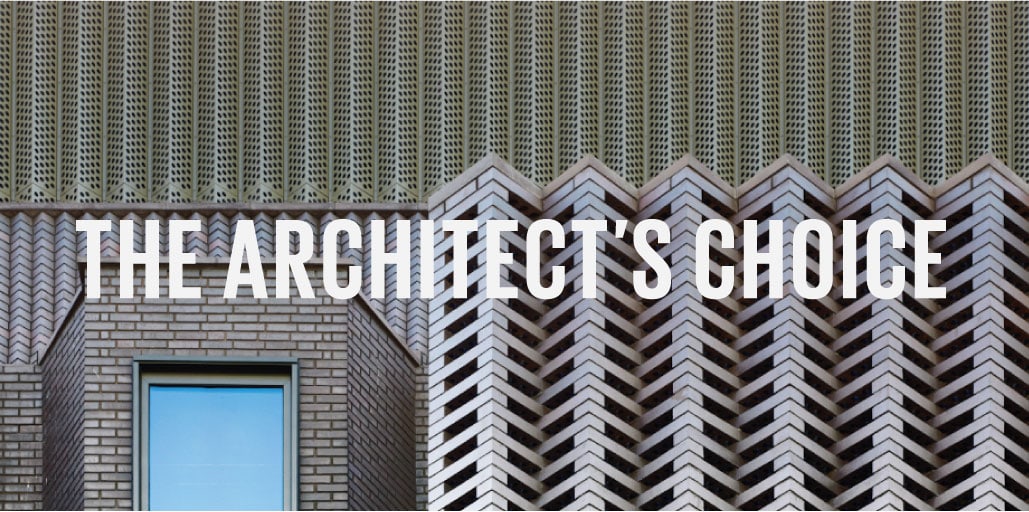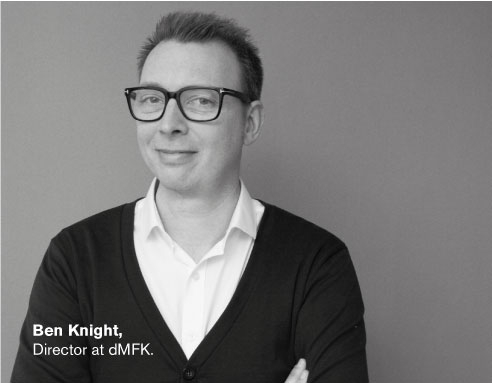Clay Brick – The Architect’s Choice

Ben Knight, Director at dMFK
At dMFK we have used clay bricks in a number of our projects due to their versatility and unique ability to reflect a building’s context. The different colours, textures, shapes and sizes present infinite possibilities and projects can take on a hand crafted or a mechanical mass-produced aesthetic depending on the brick choice and application.


In this country bricks have a huge heritage and cultural significance, they have shaped our built landscape and distinguish one area from another, for example the light-yellow toned London Stock brick and the red brick buildings of the Midlands. When used well, they convey a sense of skill and craft that you don’t get with other materials, and there’s something poetic about the fact the raw material comes from the earth.
The small size of bricks and the huge variety of colours and textures allows architects to design highly creative forms, patterns and rhythms in building facades, for example, our award-winning York House project in London.
At York House we transformed an anonymous and foreboding 1980s office into a contemporary, bright and striking building by adding a unique perforated brick lattice extension. We took inspiration from the quality elements of the existing building, such as the engineering brick façade, fluted concrete and sculpture by prominent British artist Geoffrey Clarke, to introduce bold additions to the building.


We wanted to develop a design language for the extension that was born from the original building, by using a similar engineering brick but in a different way. Working with Structural Engineers Webb Yates, we developed the design of the front extension as a structurally self-supporting perforated brick lattice, set on a 45-degree angle to give it stiffness.

This type of design requires meticulous attention to detail and highly skilled labour to construct. The decline in traditional bricklaying skills is an obstacle to specifying clay bricks that can be overcome with investment in training and an appreciation of these traditional building skills. We also look to source our bricks as sustainably as possible, considering how and where they’re manufactured and sourcing British bricks where possible.
